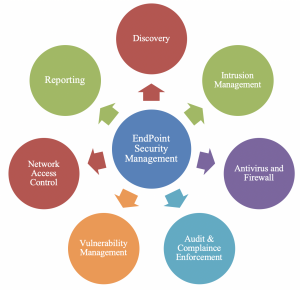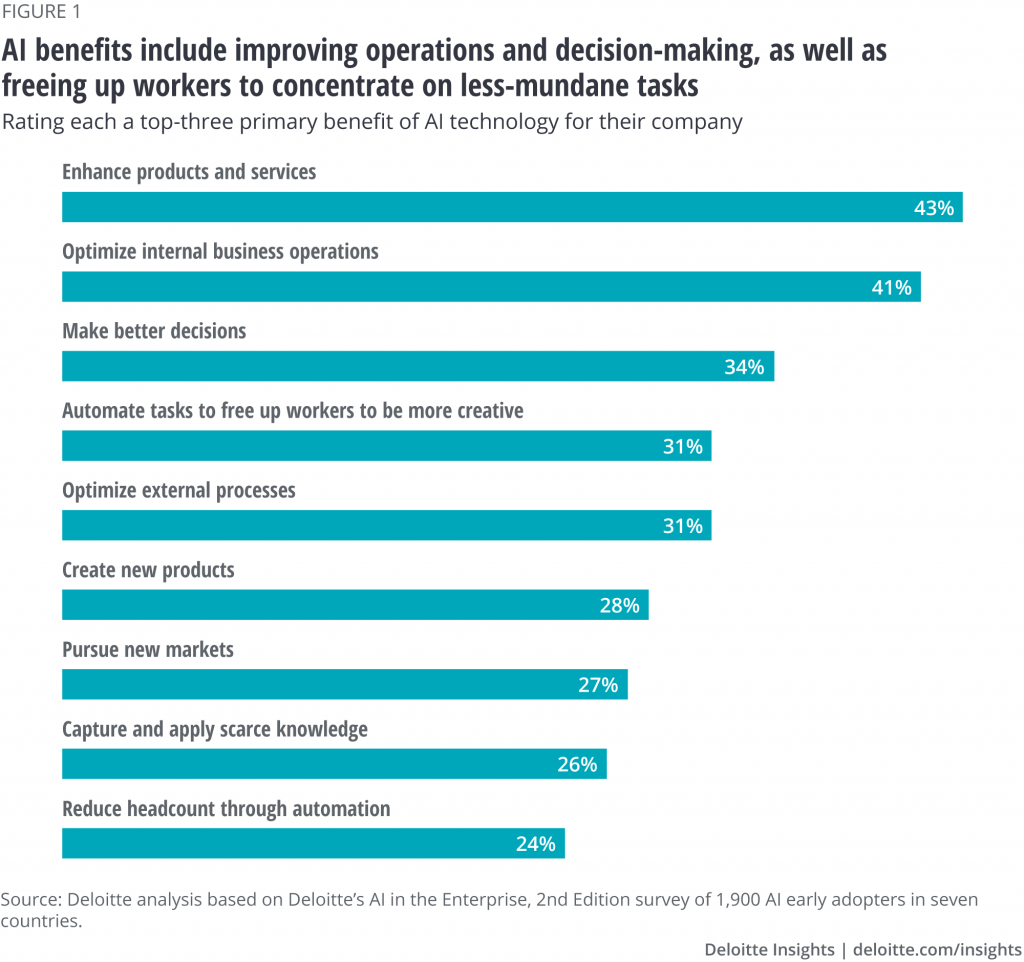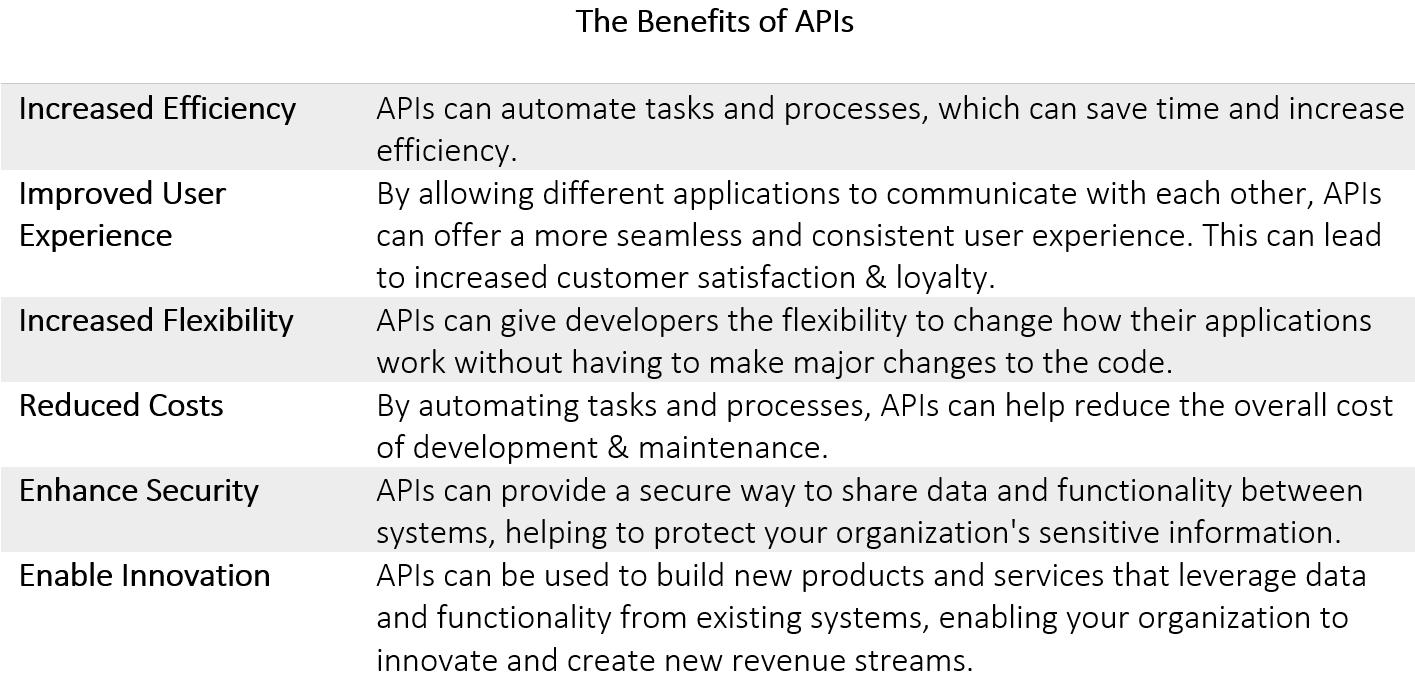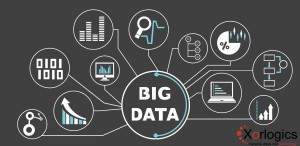Seamless Collaboration: The Advantages of Integrating Digital Process Automation in Your Workflow
Tired of juggling multiple tasks, constantly switching between applications, and struggling to keep up with deadlines, assignments, and team collaborations? Well, it’s time to bid farewell to those chaotic days! Nowadays, seamless collaboration is key to staying ahead in any industry. In this blog post, we delve into the world of digital process automation (DPA) and how integrating it into your workflow can revolutionize your productivity game.
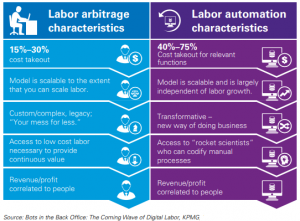
Introduction to Digital Process Automation (DPA)
In today’s fast-paced business landscape, organizations are constantly seeking ways to streamline their processes and increase efficiency. This is where Digital Process Automation (DPA) comes in. DPA refers to the use of technology to streamline and automate business processes, reducing manual effort and increasing efficiency. Basically, it involves the use of digital tools such as software applications and robotic process automation (RPA) to replace manual tasks with automated ones.
The purpose of DPA is not only to eliminate mundane tasks but also to improve overall productivity by freeing up employees’ time for more high-value work. By automating routine tasks that do not require human intervention, organizations can optimize their resources and focus on strategic initiatives.
How does DPA work?
DPA works by mapping out a company’s existing processes and identifying areas that can be automated. Once these areas are identified, the appropriate digital tools are implemented to automate these processes. These tools can include workflow software, chatbots for customer service inquiries, or task management apps. One of the key benefits of DPA is its ability to integrate with existing systems and applications through APIs (Application Programming Interfaces). This means that businesses do not have to overhaul their entire IT infrastructure in order to implement DPA – it can seamlessly integrate with current systems without disrupting operations.
Why should businesses consider integrating
DPA is a powerful technology that can significantly improve efficiency and productivity in any organization. By automating routine tasks and processes, it allows businesses to save time and resources while ensuring accuracy and consistency in operations. Examples of DPA are vast and diverse, as it can be applied in almost any industry or field. Below are a few examples that demonstrate how DPA can help organizations achieve their goals:
Invoice Processing: Many businesses receive hundreds or even thousands of invoices each month that need to be manually processed by employees. This process can be time-consuming and prone to human error, leading to delays in payment processing. However, with DPA tools such as optical character recognition (OCR) technology, invoices can be automatically scanned and extracted into digital formats, reducing the need for manual data entry.
Customer Service: With the rise of online shopping and e-commerce platforms, customer service inquiries have also increased exponentially. To handle this influx efficiently, many businesses have turned to chatbots powered by DPA technology. These chatbots use natural language processing algorithms to understand customer queries and provide quick responses without human intervention.
Marketing Campaigns: Digital marketing campaigns involve multiple steps such as creating content, scheduling posts on social media platforms, analyzing data, etc., which can be time-consuming when done manually. With DPA tools, marketers can automate these tasks, allowing them to focus on other creative aspects of their campaigns.
HR Processes: The human resources department deals with a wide range of repetitive tasks such as payroll processing, employee onboarding, and performance evaluations. By using DPA tools, these processes can be automated, freeing up HR employees’ time to focus on more strategic tasks.
Advantages of Integrating DPA in Your Workflow:
DPA has become an essential tool for businesses looking to streamline their operations and stay ahead in a competitive market. With the rise of digitalization, more and more companies are integrating DPA into their workflows to improve efficiency, reduce costs, and enhance collaboration.
Here are some of the key advantages of integrating DPA in your workflow:
- Improved Efficiency: DPA reduces the need for manual data entry and repetitive tasks, allowing employees to focus on more valuable and strategic activities. . By automating routine processes such as data entry, document routing, and approvals, employees can focus on higher-value tasks that require critical thinking and decision-making. This leads to increased productivity and faster process execution.
- Greater Accuracy: Human errors are inevitable in any manual process. However, with DPA’s automated workflows, these errors are significantly reduced or eliminated altogether ensuring that tasks are completed accurately and consistently. This is particularly important in industries where precision is critical.
- Enhanced Collaboration: Collaboration is vital for any business’s success – whether it be between employees or different departments within an organization. With DPA tools like real-time messaging, task assignments, and document-sharing capabilities, teams can collaborate seamlessly from anywhere at any time. This eliminates communication barriers and ensures that everyone is on the same page regarding project progress.
- Cost control: By automating tasks and reducing the potential for errors, DPA can lead to significant cost savings over time. You’ll spend less on labor, paper, and other resources.
- Faster decision-making: DPA can collect and analyze data from various stages of your workflow, providing valuable insights that can inform strategic decisions and process improvements, enabling faster and more informed decision-making. This can be especially valuable in industries where rapid responses are essential.
- Competitive advantage: Organizations that leverage DPA effectively can gain a competitive edge by operating more efficiently and delivering better services or products to customers.
Choosing the right DPA solution for your business can greatly impact its success and productivity. At Xorlogics, we advise you on all questions regarding the introduction, update or optimization, maintenance, and further development of your IT systems according to your needs and are at your side as a competent partner. We are happy to assist you in all technical areas. Thanks to our many years of experience, we know what is important, and which hardware and software make sense for your work processes. Just contact us and we will be happy to advise you.

